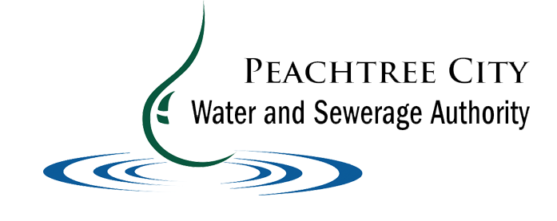All traps (inside grease traps, outside grease interceptors, oil-water separators, and sand interceptors) must be designed in accordance with the Authority Sanitary Sewer Specifications and Standards. Plans and sizing calculations of the proposed traps must be submitted to the Authority for approval.
Any new or existing FOG generating business (food service, hair salon, pet grooming, car wash, automotive maintenance, etc.) is required to obtain grease trap approval. The grease trap approval process consists of two steps:
1. Design Approval Process – The following items are required to receive a Grease Trap Design Approval Letter:
- Two complete sets of plans
- Grease trap sizing calculations
- Grease trap manufacturer’s specification sheet of the grease trap proposed for installation
Once the aforementioned items have been received by the Authority, a Grease Trap Design Approval Letter will be issued to the applicant. The Grease Trap Design Approval Letter must be submitted to the City of Peachtree City Building Department as part of the Building Permit process.
2. Installation Approval Process – Consists of two inspections:
- Preliminary Installation Inspection – Inspection of visible plumbing lines within foundation for grease trap connection and inspection of grease trap installation (if required) prior to covering with dirt, sand, and/or concrete.
- Final Installation Inspection – Inspection of kitchen wastewater piping connection to grease trap; complete inspection of grease trap installation (if required) including manhole lids, vertical tees, horizontal tees, cleanout caps, etc.
After the Grease Trap Installation Approval Process has been completed, a Grease Trap Certificate of Approval will be issued to the applicant.
Listed below are associated documentation used in the grease, oil, and sand interceptor plan review and approval process:
- PCWASA Grease Interceptor Requirements Sheet
- PCWASA Oil-Water Separator/Sand Interceptor Requirements Sheet
- PCWASA Sewer Use Ordinance – Article VIII – Miscellaneous Treatment Requirements (FOG Section)
- PCWASA Detail 112 Grease Interceptor Specification Sheet (Revised 01-26-2017) for outside grease interceptor (minimum 1,500 gallon capacity)
- Grease Interceptor Manufacturers that build according to the PCWASA Grease Interceptor Detail 112 Sheet




